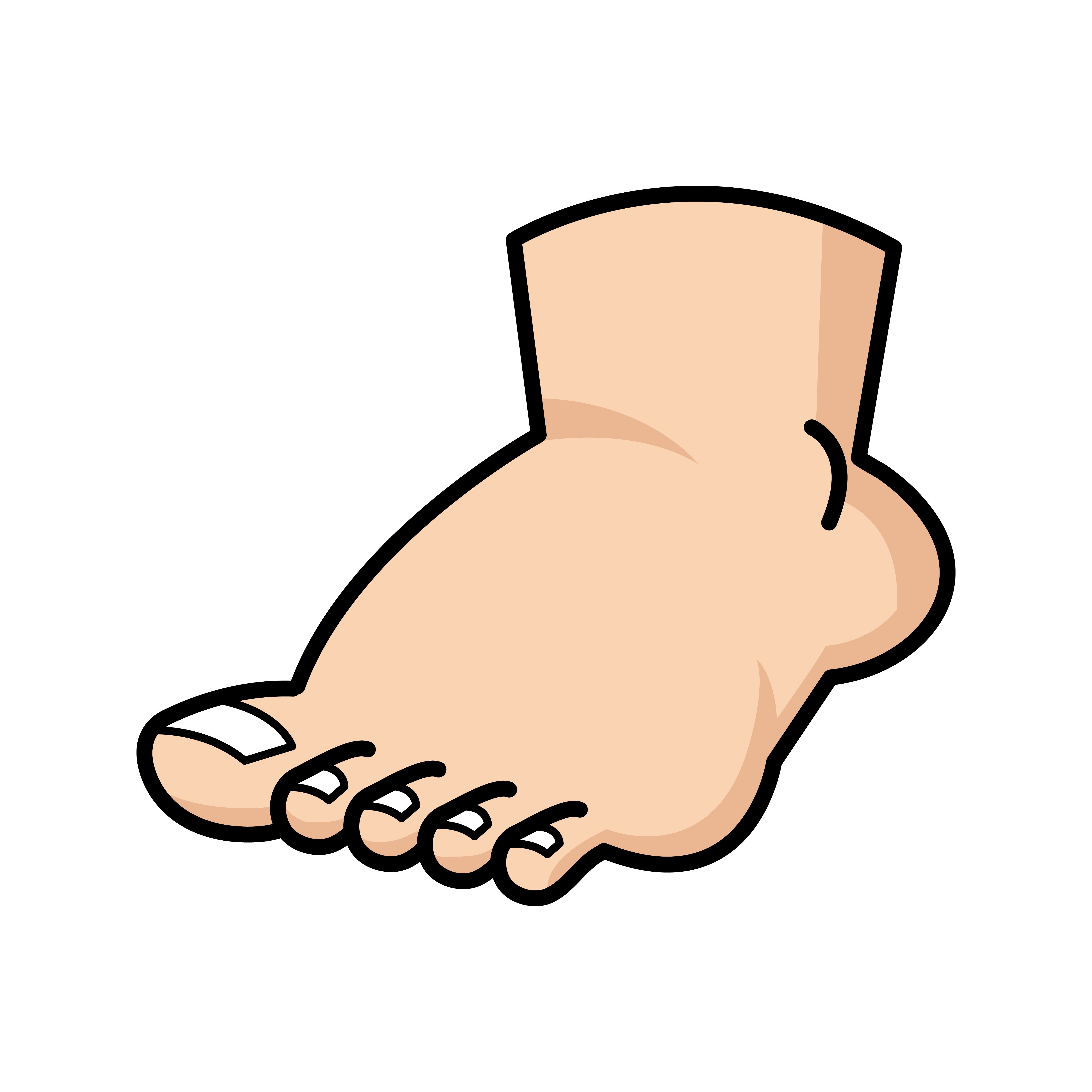

1. Type of key?
The brand is Phillips but they make various types. The type here is (not sure of the correct jargon) without vertical ridges and notches. And both sides of the key are identical.
I’ve looked at some diagrams of key types and I’m not sure exactly. Is it a “dimple key”? Something else?
2. How to remove broken part from lock?
Location: Door between bedroom and garden.
Situation:
-
Someone bent the key a little, and it was stuck, couldn’t get it out. On the inside of the door. At that point still able to lock and unlock from the inside only. Using other key from the outside does nothing, doesn’t even turn.
-
I tried gently straightening it but it immediately snapped.
-
Now: can still open and close the door using the handle. Can still, with difficulty, lock and unlock the door (from inside only) by carefully pressing the head of the key against what is in the lock and turning.
A lot of info online for removing broken key blades from locks are for the “traditional” kind of key with vertical ridges and notches.
I have a screwdriver that fits all the screws and I can access all sides of the lock (inside, outside, edge), but I’m not sure if that’s relevant. I’ve tried tweezers but it’s too snug.
If I need more tools or equipment, I’ll get them tomorrow.
Hot glue gun glue stick. Melt end, attach, wait a few, pull.
Yep. I’ve also used a paper clip, straightened out with a very small bend at the end.
I’ve also used chewing gum, though you have to wait it for it to harden a little. Duct tape might work too.
You only have to get it to move out a tiny amount. Then you can get a pair of needle nose pliers on it and pull it out.
That particular key looks challenging though.
I saw this on TikTok once /jk
Very small, precision needle-nose pliers work as well, but there needs to at least be a very small part of the key-break to grab. If the key somehow snaps in a position that’s even slightly recessed, I’ve used a tootpick and tiny dab of superglue (not enough to spread and touch the lock itself - be careful lol).
Dental pick, like the kind that your hygienist uses to give you PTSD should do the trick.
An $8 dental kit has been a life saver in so many situations.
Or slightly more expensive, if legal in your area, are actual locksmith tools.
I have a pick set I busted out this morning to unlock a pad lock on our circuit breaker (outside for some stupid reason, locked because its a new development and we had construction workers turn the house off while me and the wife were the only people on our respective jobs working the shift remotely)
We need power to run desktops. A UPS is handy, but its a bandaid to shut down correctly until power is restored fully.
OP’s description of trying to pull the key out when it broke, makes me think the key may also be bound/frozen in the lock. I don’t think you’re supposed to use wet lubricants in a lock, but they may need to use a penetrating lubricant (like wd-40) along with the dental pick.
Use a broken key extractor.
Wouldn’t a functioning key extractor work better than a broken one?
I like the cut of your jib.
Neat! Didn’t know there was such a thing. Another poster suggested a dental pick kit, not as good but more versatile.
You can dental pick a lock, but can you lock pick a dentist?
There’s a pretty good chance that you can get a bit of wire or a fine pick and push the key through from the other side, I’d be trying that first.
Aside from that the next easiest solution is likely to just disassemble the lock and replace the cylinder as others have suggested.
Also, remember to use a lot of lube (WD-40 would me my pick)
Locksmith here. In a pinch, I’ve ground the back of a jigsaw blade down, leaving just the teeth on the blade (short enough to fit above the key). Jigsaw blades, especially those intended for metal, are hardened and will easily bite into just about any key, giving enough leverage to pull out the broken piece.
I would remove it from the door, apply sewing machine oil and then slam it onto a surface until a part appears that I can grab with pliers.
I have never done this and it might not work but destroy your lock.
Dimple lock. The pins move sideways instead of up and down. Not familiar with the brand.
You could try and straighten a small fish hook to remove the broken key.
I got a key out of a similar situation in the folks RV the other day using a small flat screw driver and a knife to pinch the key and pull it out…
I’ve had luck melting a hot glue stick and pressing it on the head, letting it cool, and pulling it out, but you would also be best replacing the lock since you can open the door
Any time I’ve had a key stuck like this I’ve used something sharp and just stabbed it down into the top of the key and leveraged it against the lock itself. Keys are way softer than people think.
I’m pretty strong for being a middle aged woman (so not strong in general), and I can break a key in a lock relatively easily with just my hands.
Uh… can I have your number?
While an ignorant rober is trying his luck at trying to open your door a smart one is already gone with your stuff and the police already blasted your door open. I would just get a normal key.
This type of keyhole is generally harder to pick than a regular barded key. Well, obviously not when the key is stuck in the keyhole.
Source: I watch The Lockpicking Lawyer.
I just think that if you have the option between this and the old style, it may be totally fine picking either option.
Why wouldn’t you just replace the whole lock?
Main problem seems solved but I just want to point out that this is not a super secure or modern lock.
Very unlikely anyone will ever actually try picking the lock on your house, BUT if they did, this lock won’t do an incredible amount to stop them.
deleted by creator
WD-40 is not a lubricant, it can do it short term, but makes things worse long term.
WD-40 literally stands for Water Displacement - Formula 40.
Its to keep mechanical components hydrophobic so they don’t rust or otherwise degrade due to the presence of water.
For locks and keyways, you want powdered graphite as a lubricant. I keep a small tube (puffer style) in my pick kit if needed.
A neodymium magnet could work, maybe even a fake one from Amazon












